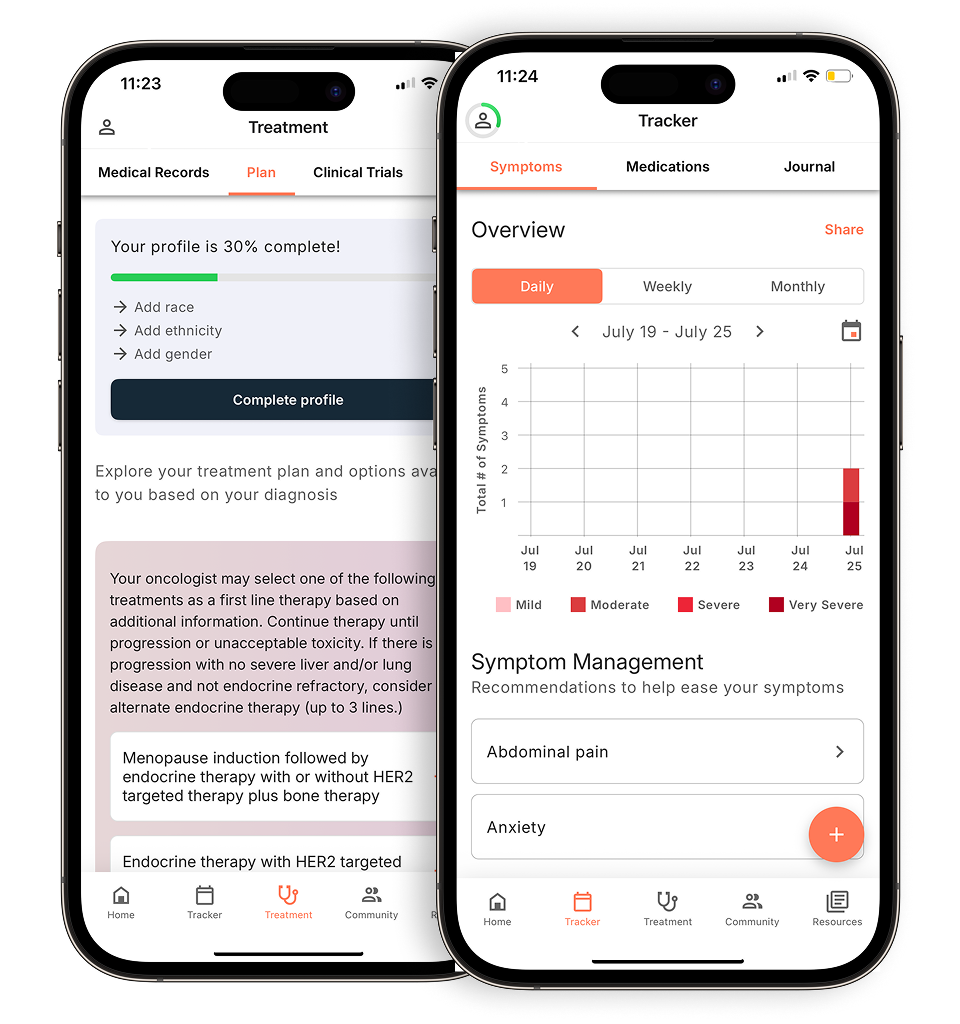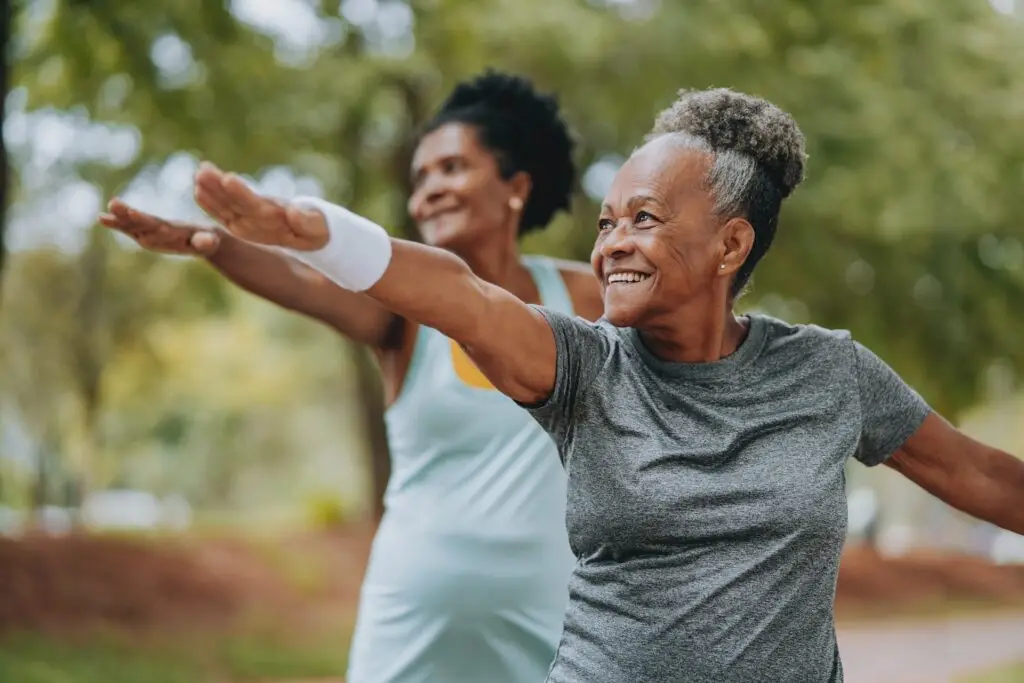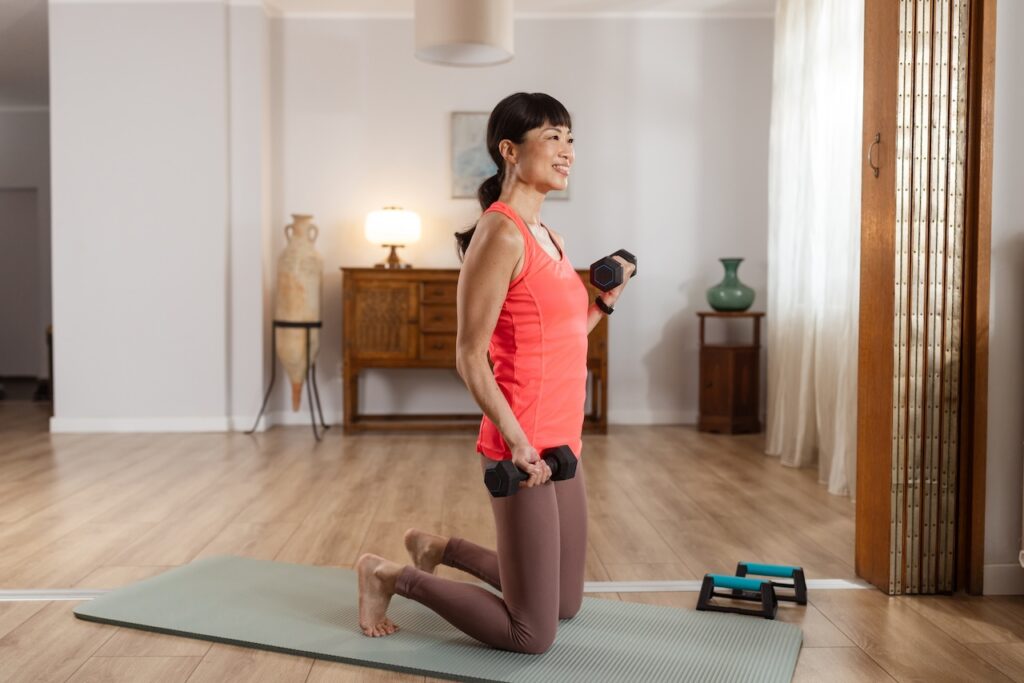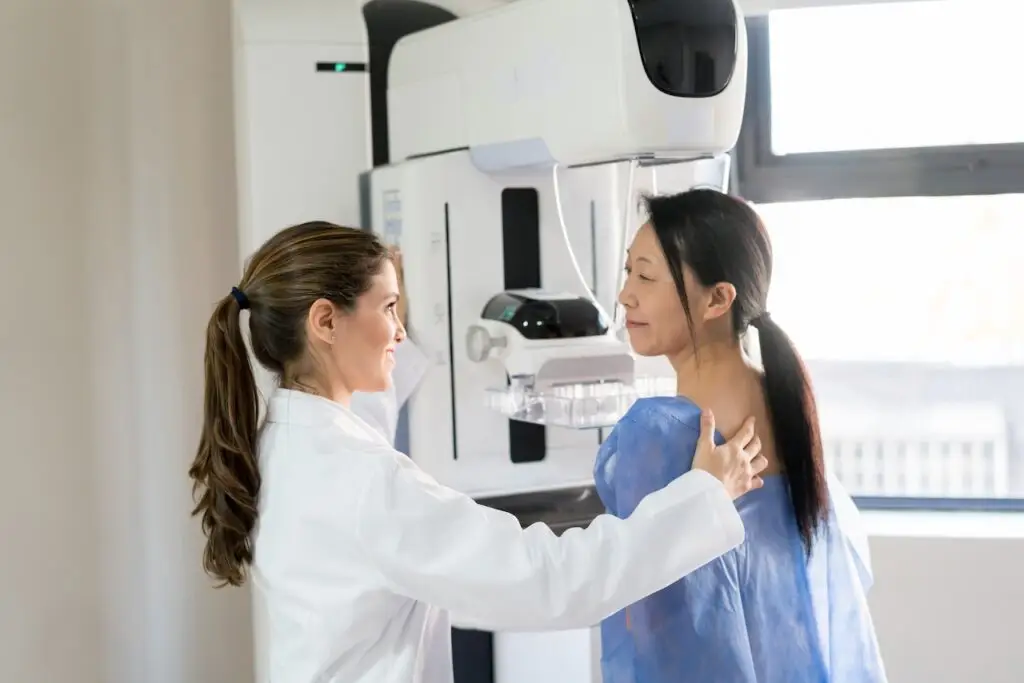We had the honor of hosting Dr. Jennifer Ligibel, a Senior Physician in the Breast Oncology Center at Dana-Farber Cancer Institute, for a recent “Ask the Expert” webinar.
In this discussion, Dr. Ligibel provided an overview of the importance physical activity plays in improving the quality of life and treatment outcomes after a breast cancer diagnosis. Dr. Ligibel has led numerous clinical trials exploring exercise and weight loss interventions in cancer patients and is a leading expert in exercise oncology.
You can watch the full replay of the webinar below or continue reading for highlights on the importance of exercise after treatment
Q: What role does exercise play after treatment?
A: The American College of Sports Medicine has looked into the post-treatment period. This group has oncologists, but it also has physical therapists, occupational therapists, and exercise physiologists. They actually put together some prescriptions for how much exercise you would need to do to reduce fatigue, improve your quality of life, and help prevent or treat lymphedema. There are several clear benefits for both aerobic exercise and strength training in treating all of these side effects of therapy.
Q: Are there exercises that are most beneficial for reducing recurrence risk?
A: We do not know the answer to that question. Most guidelines recommend a combination of aerobic and strength training, with aerobic being to the level of moderate intensity.
The general guideline is 150 minutes of exercise a week, but the American College of Sports Medicine shows benefits to even just 90 minutes a week, so three 30-minute bursts of aerobic activity. However, strength training is critical for maintaining muscle mass, especially for women so make sure you’re doing some strength training and moving major muscle groups against resistance.
Training doesn’t mean using big machines or even using hand weights. It’s also things like squats, lunges, and movements that really engage your muscles. The general guidance is two 15-30 minute sessions per week, but you can verify with a sports medicine physician.
Both strength training and aerobic exercise are important, but we don’t have the granularity of evidence to say the exact prescription that’s going to lead to a reduced risk of breast cancer recurrence.
Q: Is it possible to overdo exercise?
A: It is possible to overdo anything. What often happens is that people start out too fast and burn out. They may be able to stick to an hour of exercise every day for some time, but then feel like they can’t maintain that level and give up altogether. That doesn’t provide the same benefit as starting slowly at a lower level of activity and gradually building it over time.
It’s important to set small, manageable goals. If you’re not an active person, maybe start with 10-15 minutes a few days a week and build up from there.
Patients often ask me what kind of exercise is best and my answer is to do things that make you happy; the kind that you’re going to enjoy and stick with. It’s all about persistence and sustainability.
The great thing about exercise is it’s something that almost everybody can do. You can turn it into a social event with a friend or partner, participate in a group workout, or use that time for yourself which can be quite empowering.
Download the Outcomes4Me app for tips and resources about how to navigate your cancer care with confidence.
Personalized support for real care decisions
Understand your diagnosis, explore clinical trials, and track symptoms--all in one place.
Get started
Compare treatments, prepare for appointments, and track side effects—all in the app
Built for your diagnosis, Outcomes4Me gives you the tools to make confident, informed decisions—right when you need them.
Continue in app






